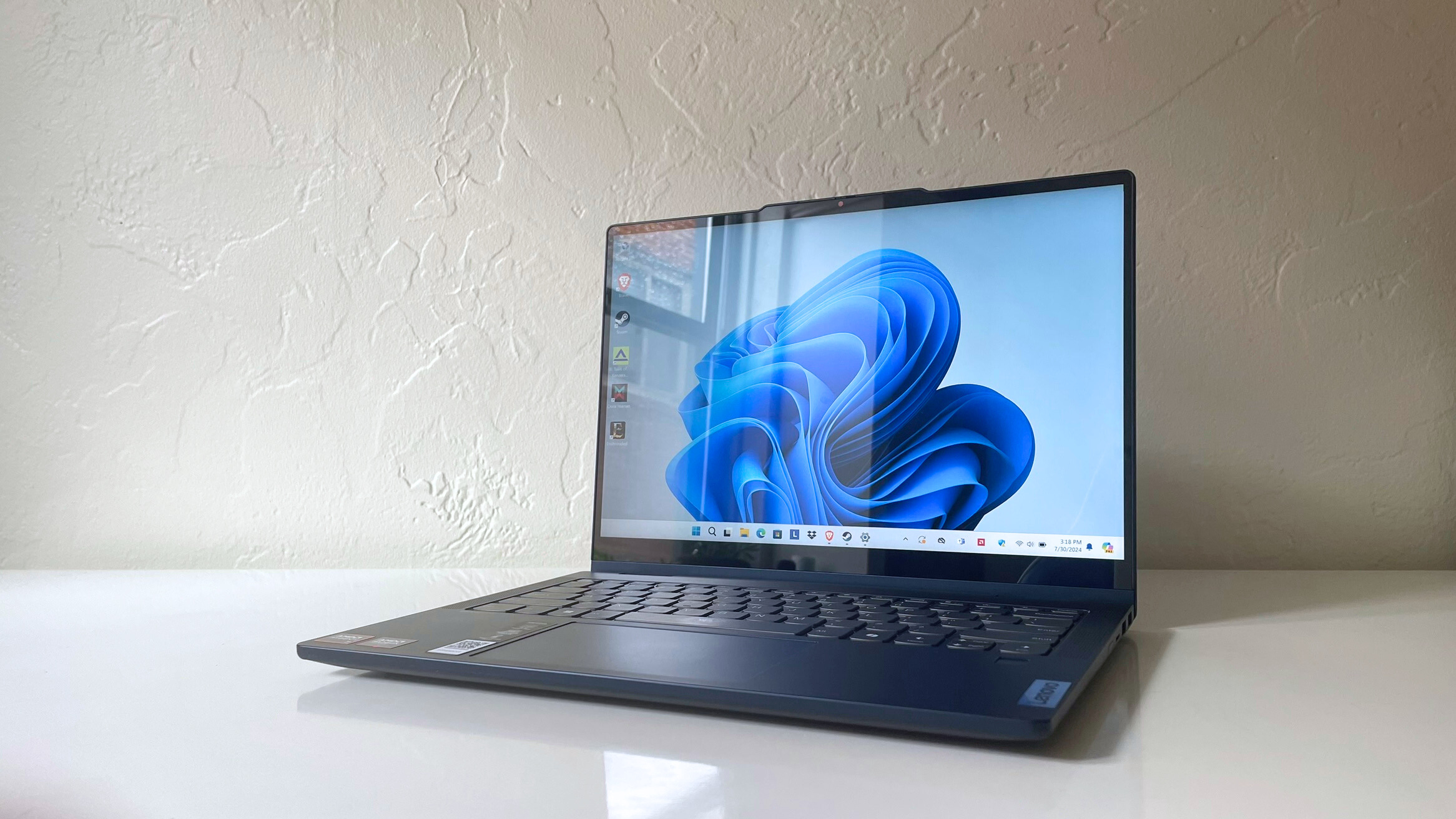
While reviewing the Lenovo IdeaPad 5 2-in-1 this week, one question kept kicking around my brain: what makes a great budget laptop?
I've been trying to figure out that riddle for years, and I'm sure anyone searching for a laptop for less than $1,000 can relate. The best budget laptops are often one extreme or the other: a fantastic deal or a waste of money.
You can't afford to waste your money on a laptop that doesn't offer good value when you're shopping on a tight budget. Besides, there are plenty of great budget laptops out there today. It's just a matter of finding the right one for you.
Budget laptops naturally come with some trade-offs since manufacturers must find ways to reduce costs to make them affordable. So, pinpointing which budget laptop is the best fit is all about figuring out which features you shouldn't compromise on and which are worthy trade-offs.
Inspired by the IdeaPad 5 2-in-1's unique balance of compromises, I've ranked the top six features to consider when choosing a budget laptop so you can find one worth your hard-earned money.
6. Design
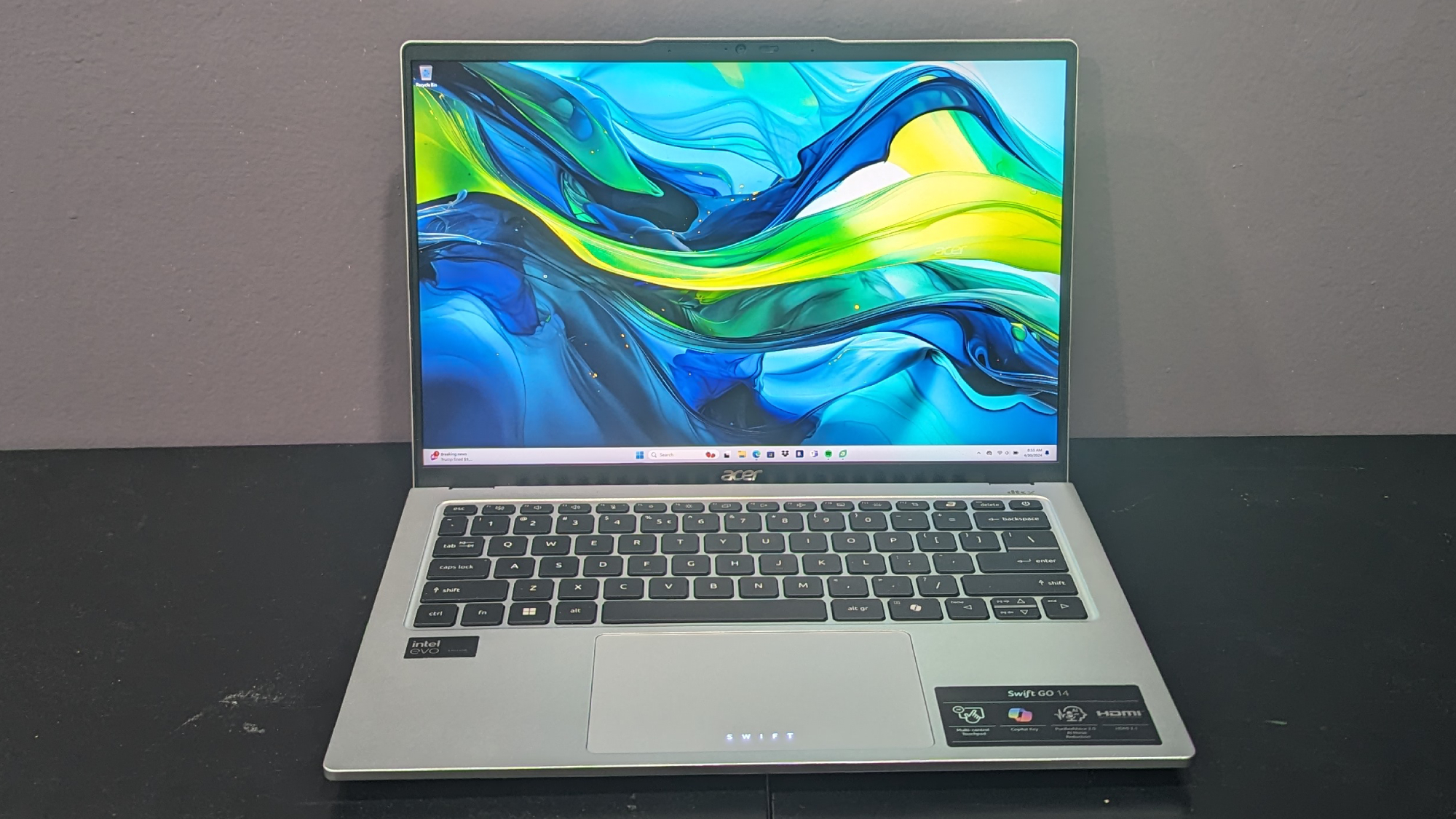
If you're going to compromise on anything when choosing a budget laptop, it's probably the design. An ultra-thin laptop or a flashy RGB gaming design is cool, but those are luxury features. At the end of the day, it's what's inside that counts.
Budget laptops typically have a basic, no-frills design, which is all you need. Even if you go for a laptop that's a bit short on ports, you can always add more with a USB Type-C hub or a docking station. The same goes for webcam quality. Most budget laptops lack high-quality webcams, but there are plenty of great external webcams out there that won't cost much extra.
Even if you want a 2-in-1 laptop, there are plenty of great candidates under $1000. The Lenovo IdeaPad 5 2-in-1 isn't perfect, but it offers 2-in-1 functionality at an affordable price and with solid performance. In this case, you're sacrificing battery life, but if 2-in-1 functionality is a must-have, that might be a worthy trade-off.
5. Gaming performance
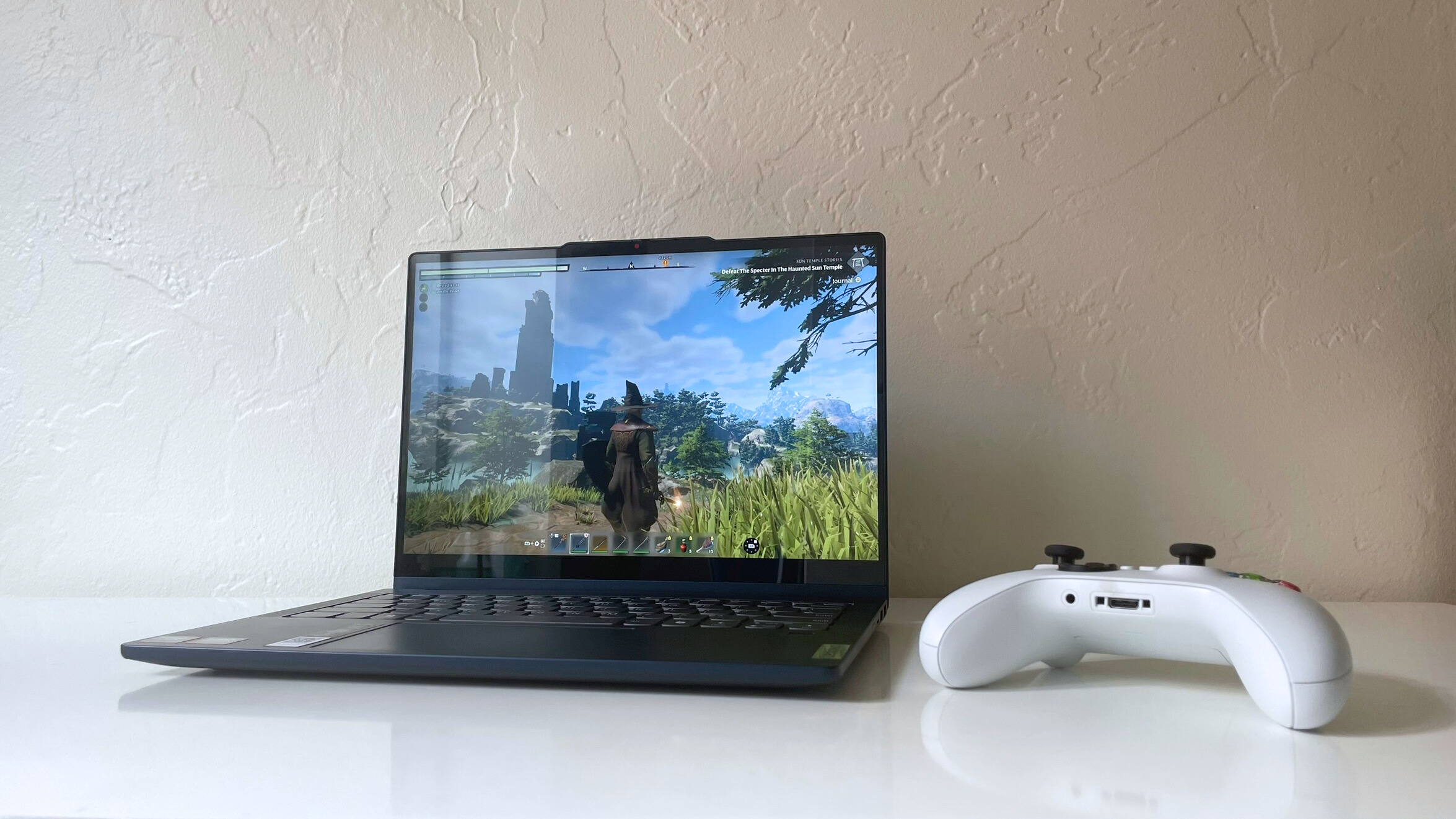
Strong gaming performance often comes at a premium, so it's one of the first things you may have to compromise on when choosing a budget laptop. That doesn't mean you can't find a laptop capable of gaming for under $1,000. It just means you may have to play on low or medium settings to have a playable experience.
This category mainly depends on specs, specifically the laptop's GPU and RAM. Most budget laptops don't include a dedicated GPU, so you will likely rely on the integrated GPU. As for RAM, you shouldn't settle for less than 16GB if you want to do any gaming.
Laptop Mag uses 3DMark Fire Strike and Sid Meier's Civilization VI: Gathering Storm as the main benchmarks to test gaming and graphics performance on non-gaming laptops. For less than $1,000, numerous laptops have scores of around 8,000 on the 3DMark Fire Strike benchmark and an average of 30-40 fps in Civilization VI.
For instance, the Lenovo IdeaPad 5 2-in-1 scored 7851 on the 3DMark Fire Strike benchmark and averaged 48 fps in Civilization VI. Despite its low price, it also delivered a playable experience in recent multiplayer titles like Enshrouded and Once Human.
That's enough performance for casual gaming and a playable experience on most games. You might not be able to run some of the most demanding AAA titles, but remember that cloud gaming is also an option.
Cloud gaming platforms allow you to run most major titles today, even if your laptop doesn't have the minimum hardware requirements. This makes it much easier to compromise on gaming performance to save some money on your next laptop.
4. Display
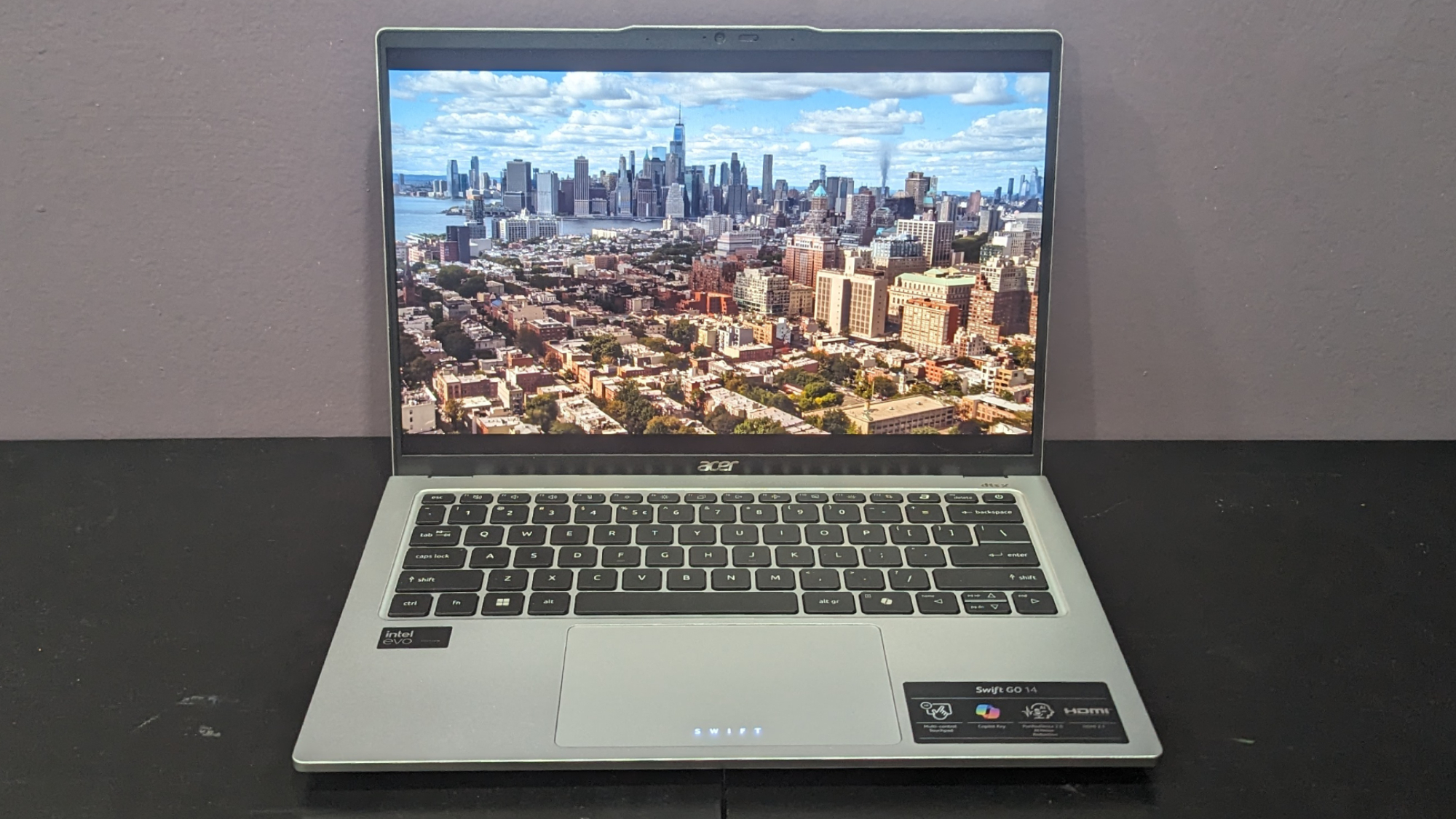
When you're shopping for a laptop under $1000, you might not be able to get a 4K OLED display, but you don't have to settle for a washed-out, grainy display either.
The two main benchmarks in this category are color gamut and brightness. Regardless of the display's size or resolution, the average user is most likely to notice these two features on an everyday basis.
At Laptop Mag, we test a laptop's ability to reproduce the DCI-P3 color gamut. A higher percentage means a more vibrant and color-accurate display. For instance, a display that reproduces 40 percent of the DCI-P3 color gamut will look dull compared to a display that reproduces 90 percent.
Display brightness is measured in nits. While you may not always keep your display at max brightness, you want to get the brightest display possible so you can easily see it in bright ambient lighting conditions (such as outdoors).
Once again, you can get a surprisingly good display today for under $1,000. For example, the Lenovo Slim 7i Gen 9 includes an OLED display in the base configuration, which reproduced 134% of the DCI-P3 color gamut and reached 382 nits of brightness.
3. Battery life
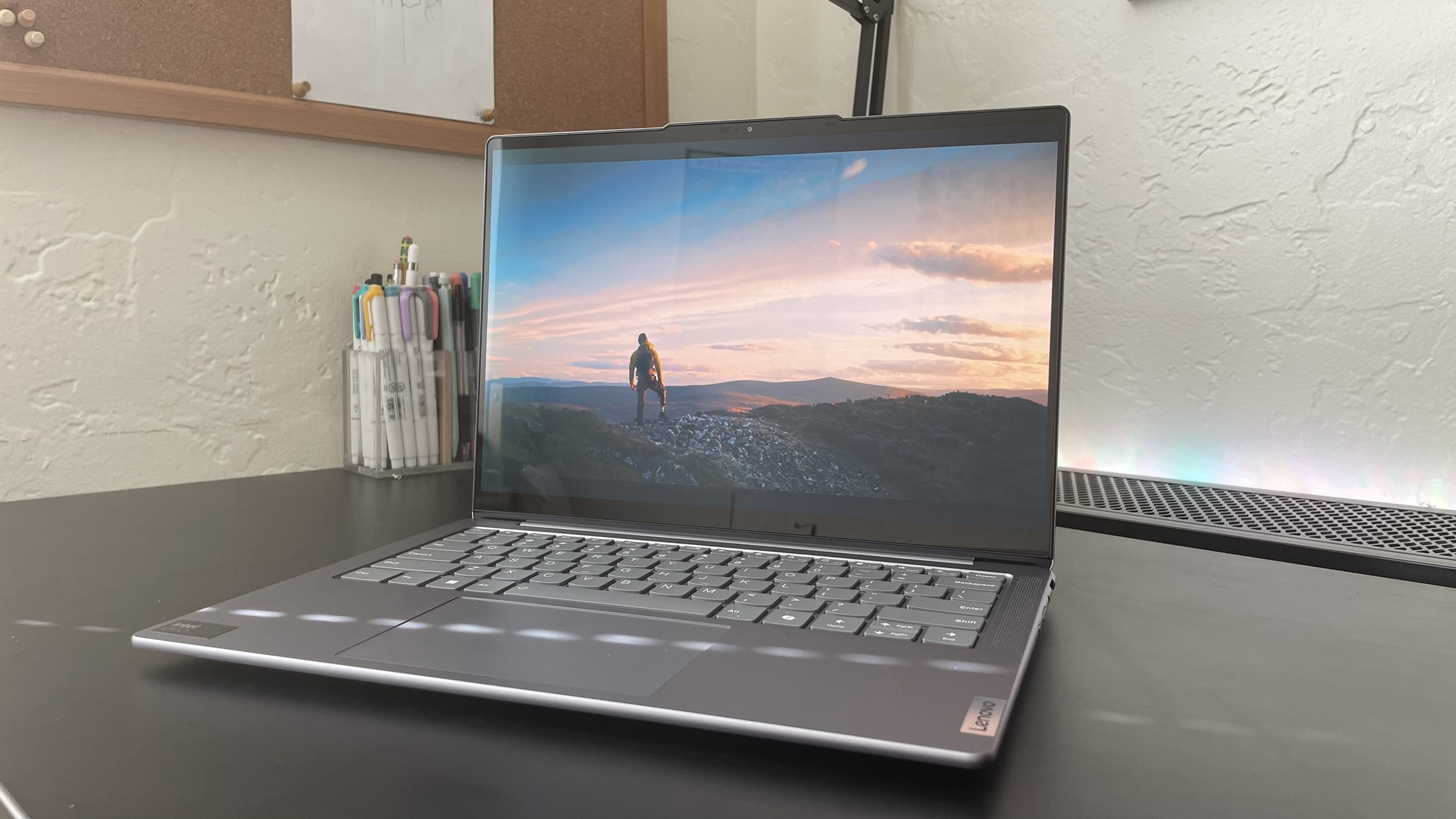
What good is it to spend hundreds of dollars on a great laptop if it can't hold a charge? Battery life is crucial to Laptop Mag's benchmark testing because we know it's vital for choosing the right laptop.
Generally, you shouldn't settle for less than 9 hours of battery life. If you take your laptop to school or work every day, you want an average battery life long enough to last the entire workday. Otherwise, you'll need to bring a charger with you.
Great battery life doesn't have to break the bank, either. You might be surprised what you can find in the budget range.
For example, the Acer Swift Go 14 (2024) costs just $799 and lasted 8 hours and 25 minutes on our battery test. Similarly, the Lenovo Slim 7i Gen 9 lasted an admirable 10 hours and 3 minutes in our battery test, and the base configuration costs less than $900. Both laptops include 16GB of RAM and 1TB of storage.
2. RAM and storage
RAM and storage are among the most common factors that can quickly increase a laptop's price. It can also be easy to compromise in this area by underestimating how much storage you need.
However, most laptops don't allow you to increase the storage after your initial purchase, so if you fill up your SSD, you're stuck. That's why you have to pay careful attention so you don't waste your money on a "budget" laptop that includes a meager amount of RAM and storage.
For instance, Apple is infamous for charging hundreds extra for RAM and storage upgrades. You can buy a new MacBook for less than $1,000, but you shouldn't. The base configuration of the MacBook Air M2 only includes 8GB of RAM and a mere 256GB of storage. To put that into context, there are individual games out there that require 100GB or more.
As a general rule, the average user shouldn't settle for less than 512GB of storage. If you're shopping for a gaming laptop, you should look for at least 1TB. The ideal amount of RAM depends somewhat on how you plan to use your laptop, but 16GB is an ideal minimum for most users in 2024.
You might be surprised how much storage you can get today for under $1,000. For example, the Lenovo IdeaPad 5 2-in-1 that inspired this review costs $861 and includes 16GB of RAM and 1TB of storage.
1. Overall performance
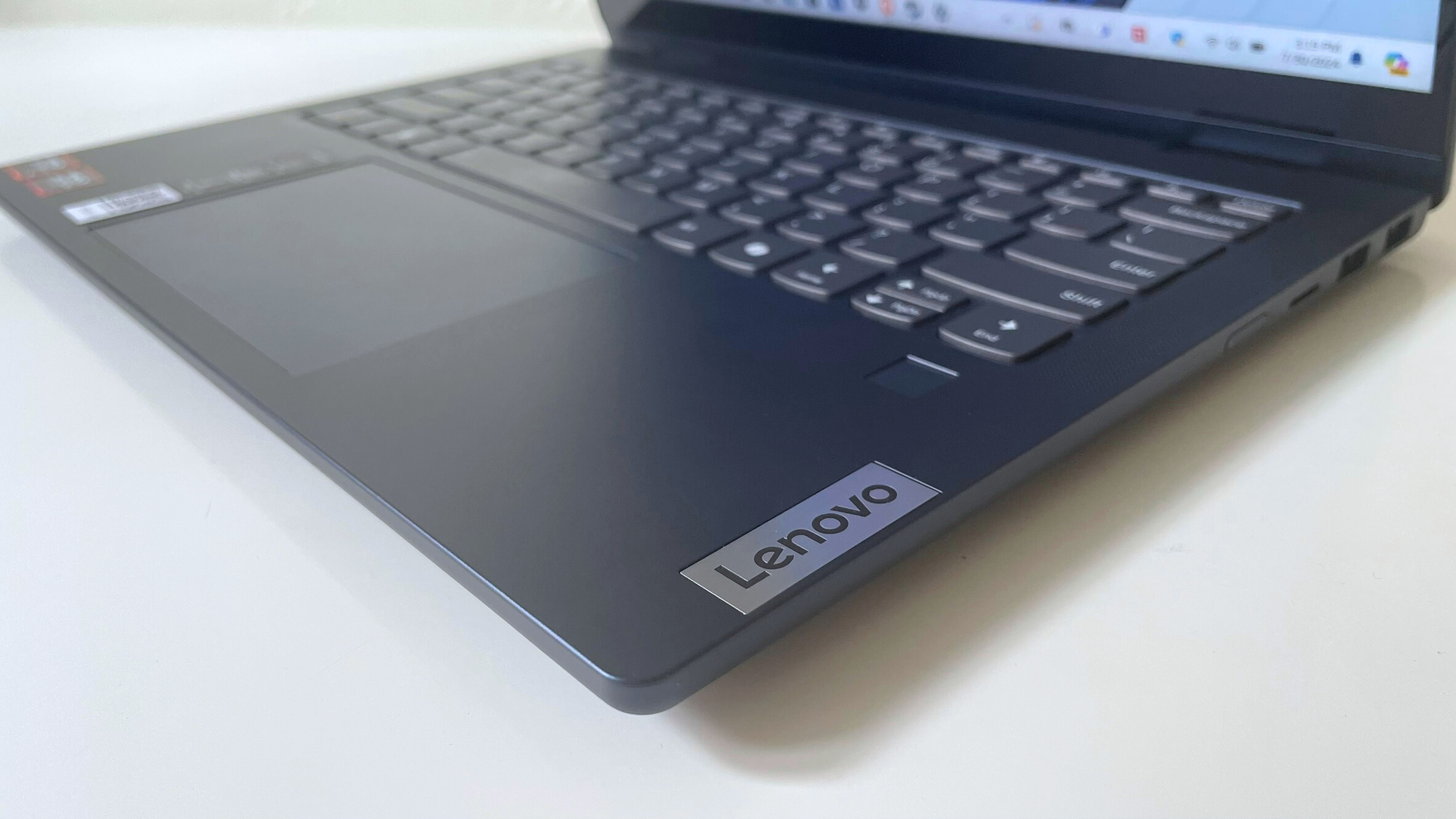
Overall performance should be your top priority when choosing a budget laptop. You may have to compromise on design, display quality, or a few bells and whistles, but a laptop's overall performance will have the most direct effect on your experience.
Say you have a $900 budget for your next laptop. You can maximize the value of that $900 by getting the most powerful laptop you can find within that budget. Not only will it offer a better user experience, but it will also likely last longer. Comparing benchmark results is an easy way to make sure you're getting the best performance for your money.
At Laptop Mag, our lab testing team runs a rigorous series of benchmark tests to give an objective overview of a laptop's performance. This allows us to provide an unbiased look at how one laptop compares to another.
Geekbench results are the primary indicator you should pay attention to when comparing overall performance. The standard Geekbench 6 test includes single-core and multi-core results. The higher each score is, the better the laptop performs. For under $1,000, you should look for laptops with single-core Geekbench 6 scores of 2,300 or higher and multi-core Geekbench 6 scores of 11,000 or higher.
Bottom line
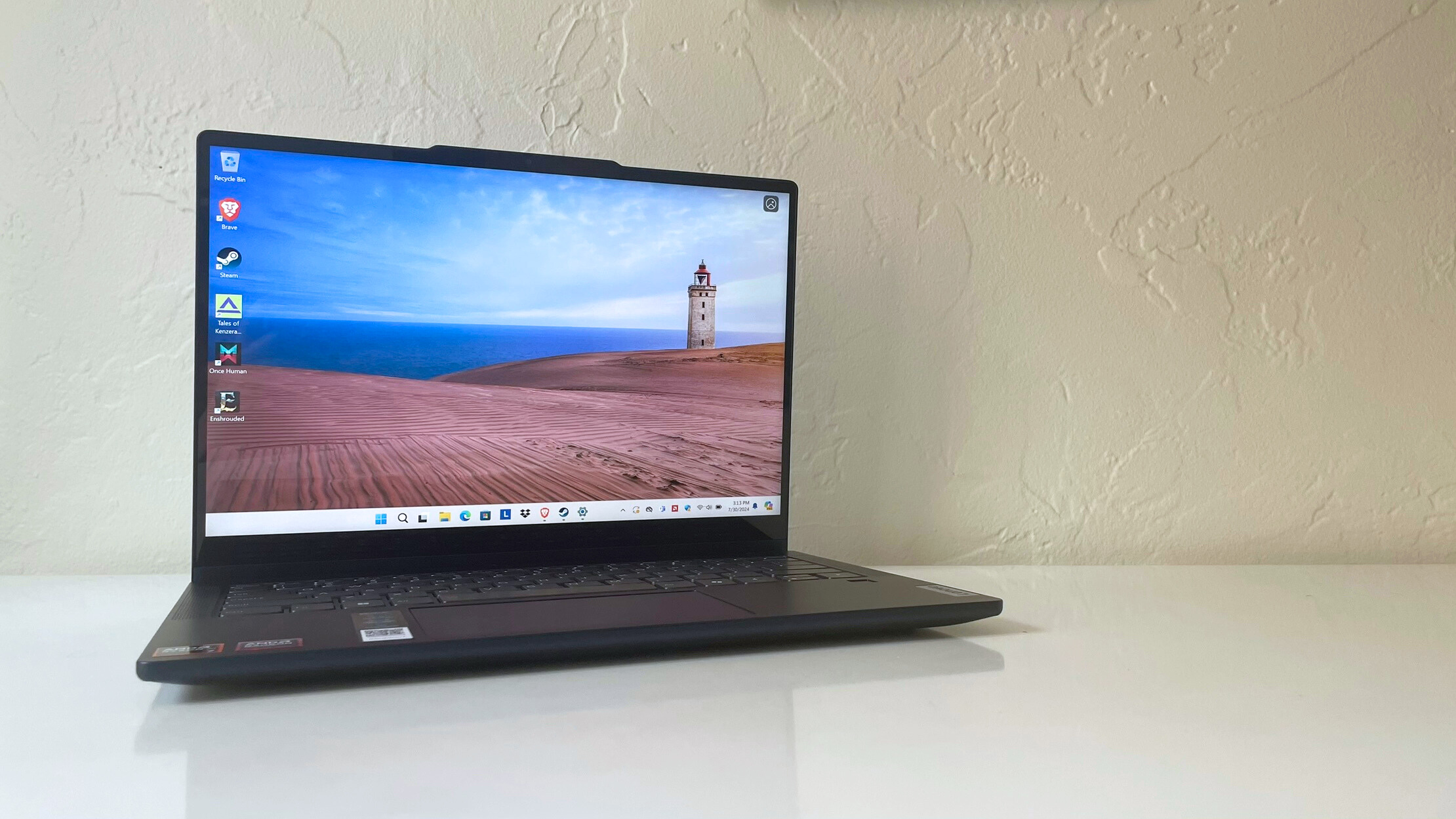
Finding a budget laptop that balances performance and price might seem like an uphill battle, but it's all about knowing what you should and shouldn't compromise on.
After determining your budget, focus on finding a handful of laptops with good overall performance scores and a minimum of 16GB of RAM and 512GB of storage. Next, cut any laptops from your shortlist that offer less than 8 hours of battery life. From there, determine whether display quality, gaming performance, or design is most important to you.
You may have to compromise on two out of those last three categories, but you shouldn't settle for less in the first three categories.
Keep in mind that Chromebooks are also an option if you just need a laptop for web browsing and word processing. They can be an excellent low-cost option for students in particular. ChromeOS is slightly more limited than Windows or Mac, but that might not be a big deal if you aren't concerned about PC gaming.
It's also a good idea to keep an eye out for major sales like Black Friday, Prime Day, and back-to-school sales when you can save even more money on your next laptop. Our deals writers at Laptop Mag always have their fingers on the pulse of the best laptop deals, so if you're shopping for a new laptop, watch that page so you don't miss out on those savings!







